TABLE OF CONTENTS
How do you check if your RAM is running in Dual-Channel, and what is Dual-Channel RAM anyway?
I’ll tackle these and related questions in rapid form below, so let’s not waste any time diving in:
What is Dual-Channel RAM?
First, let’s start by establishing what Dual-Channel RAM actually is. The first prerequisite is that you have two matching-size and matching-speed modules of RAM to use.
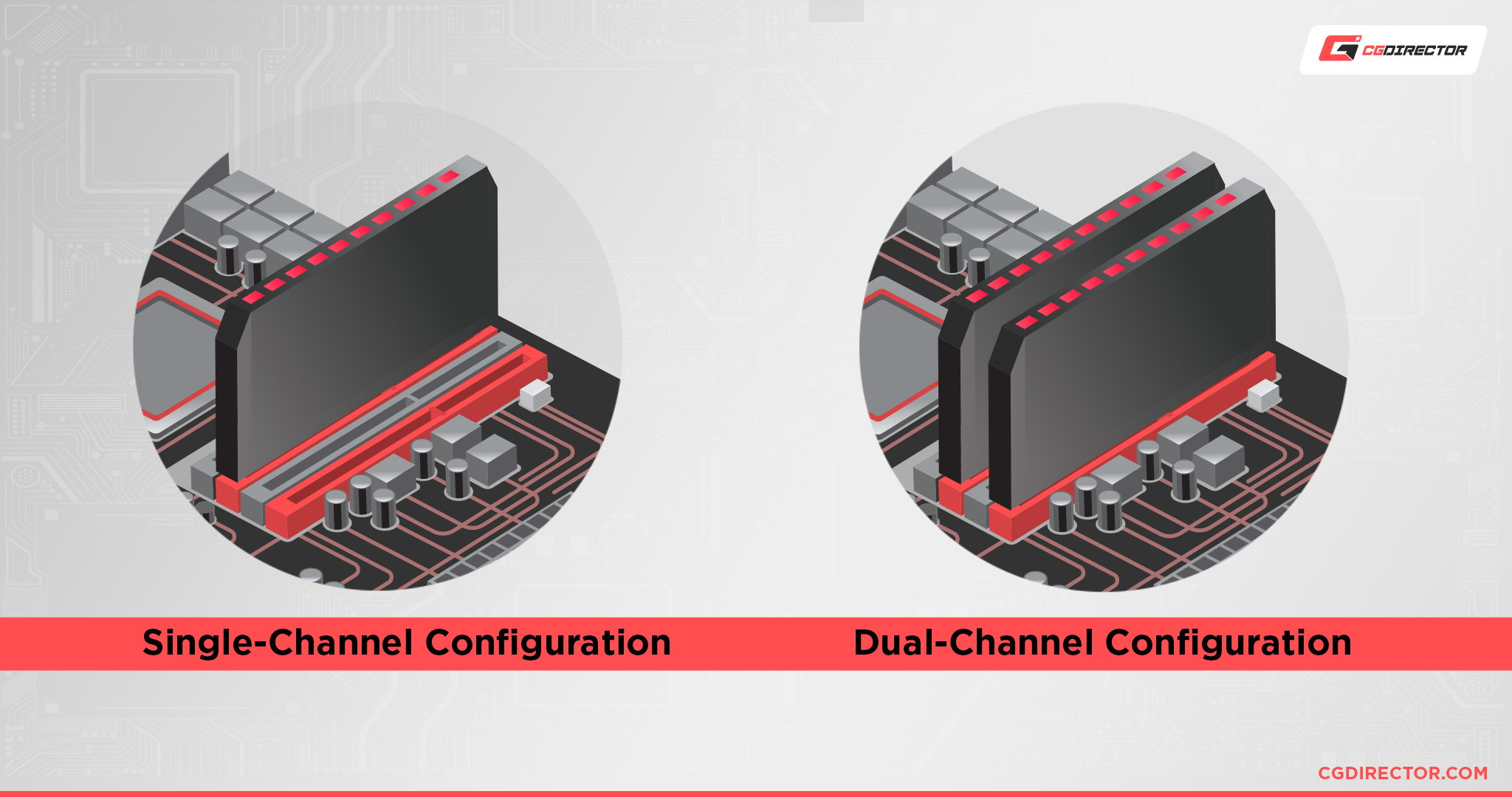
Most manufacturers will sell their RAM kits in two-stick, Dual-Channel ready configurations off the bat, but this may not always be ideal if you’re, say, on a 2-slot board and want to add instead of replace RAM for an upgrade later.
Dual-Channel RAM needs two matching slots on the motherboard to function properly.
On a standard motherboard (Micro ATX, ATX, or Extended ATX), these will usually come in pairs of “every other slot”.
On an SFF (Small Form Factor) board like a Mini ITX board, a pair of non-spaced RAM slots may be your only option but should still support Dual-Channel operation.
So by using two RAM Modules and the motherboard supports this, the modules will run in dual channel mode which can greatly increase its performance in select workloads.
Here’s how this works exactly:
How Dual-Channel Operation Impacts Performance
So, before I get too deep into this section, I actually have to correct a common misconception.
It’s common for a reason, though, since manufacturers are kind of pushy about this ‘misconception’ anyway. Basically, your advertised RAM Frequency is most likely falsely advertised. Allow me to explain.
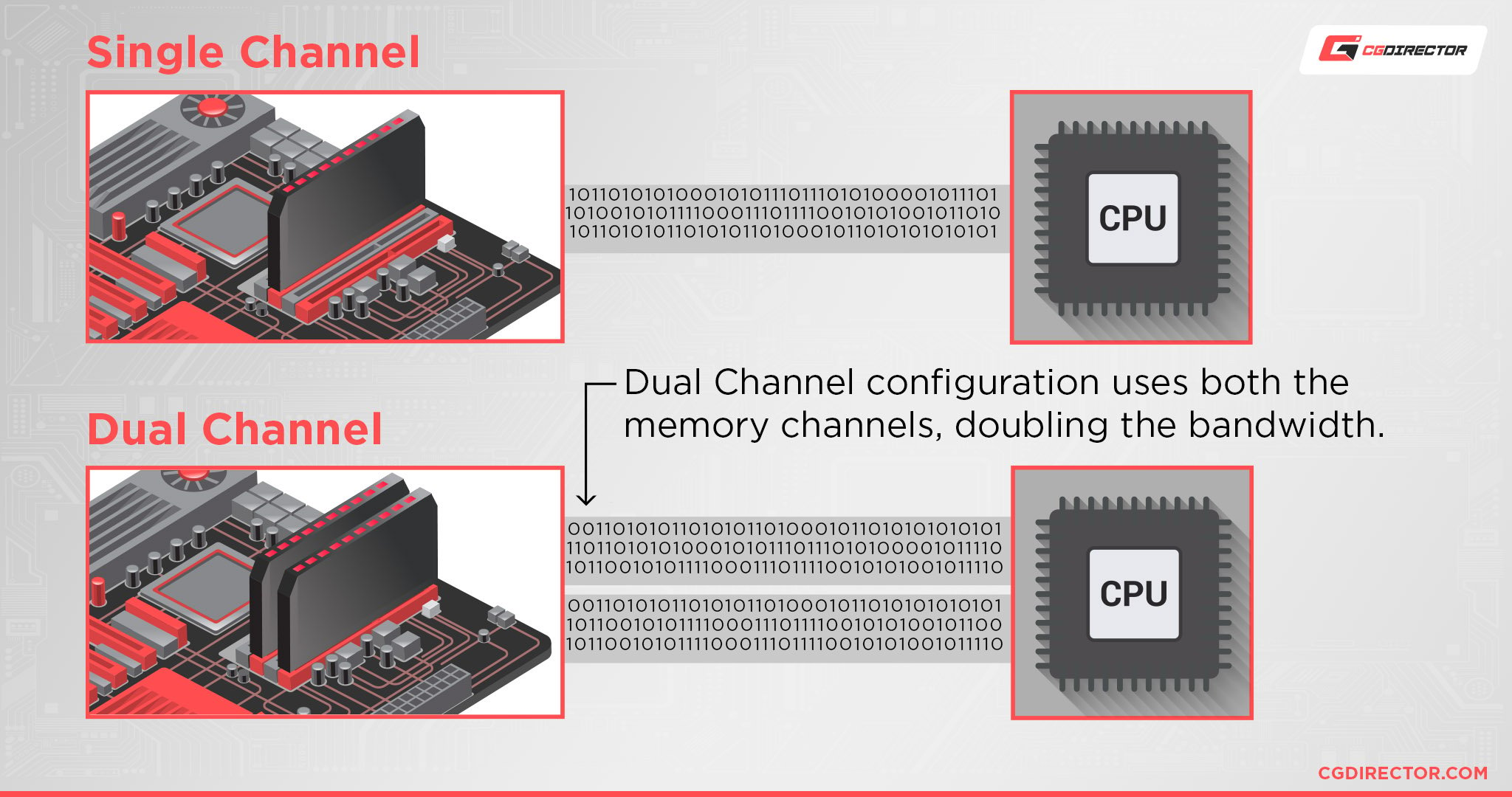
Basically, a known downside of “DDR (Double Data Rate)” RAM (most RAM) is that the effectiveness of the RAM will be limited when run in a single-channel configuration, or more accurately, a single-stick configuration.
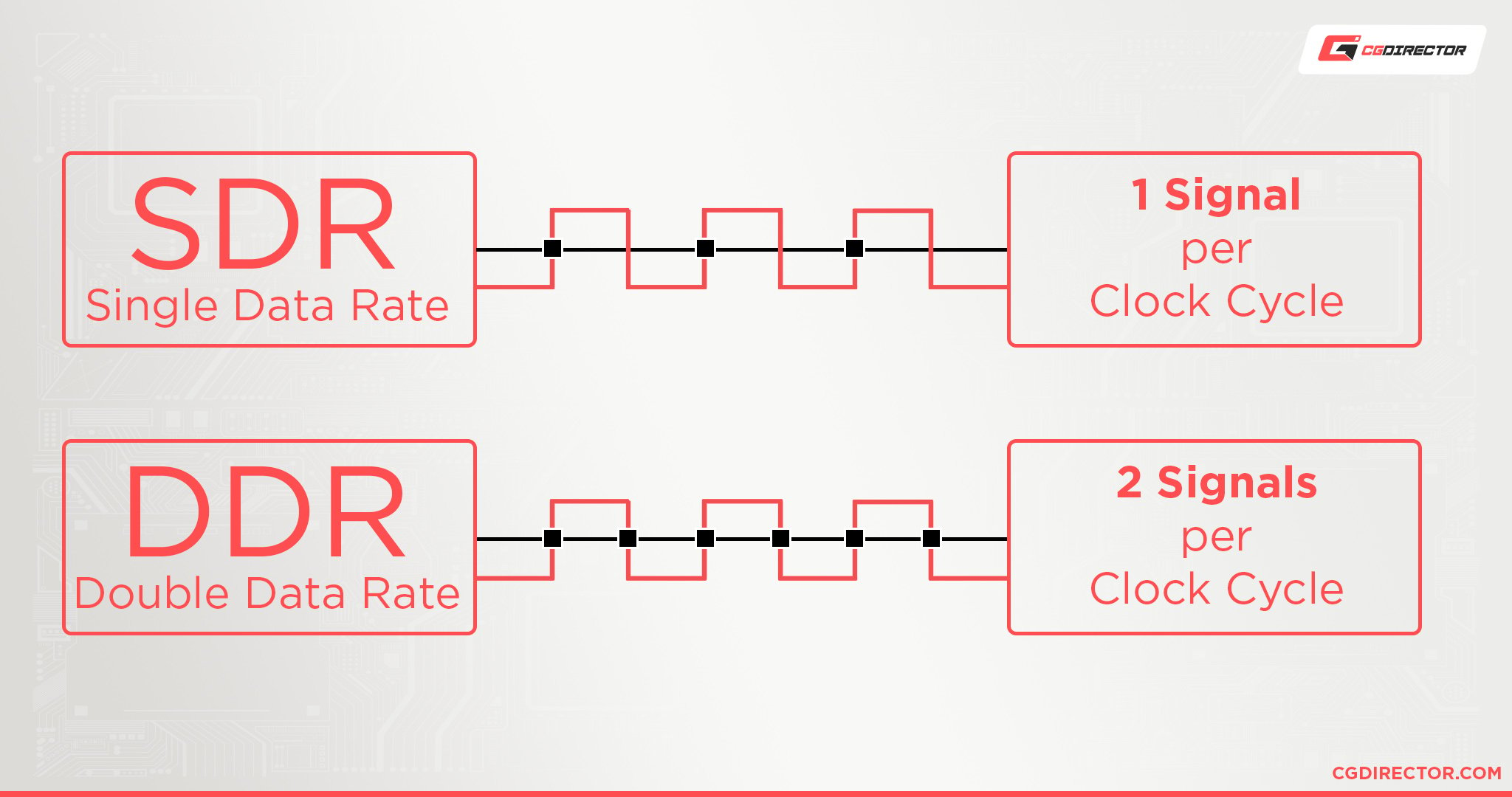
For this reason, your RAM will always show as operating at half-frequency when viewed in your Task Manager or BIOS unless Dual-Channel is enabled.
But even when you’re activating Dual-Channel mode, you’re not actually doubling the speed of either of your RAM sticks. You are instead doubling their effective data rate.
So it’d be MT/s instead of MHz, as explained by Jerry in his article if the manufacturers felt like clarifying that to us in advertising.
They don’t, but that’s what we’re here for at CGDirector.
In my own research on the topic, Dual-Channel RAM does have some meaningful boons for performance, depending on your applications. While these gains aren’t going to manifest in every application or be particularly severe for most of them, it’s still performance you paid for.
So let’s talk about how to make sure you’re getting it, and how to fix it if you aren’t.
How To Check If Your RAM Is Running In Dual Channel
Method 1: Windows Task Manager
The easiest way to quickly check whether or not your RAM is running in Dual-Channel is to open up your own Task Manager in Windows.
Right-click any empty space on your Taskbar and click “Task Manager”.
From there, click the “Performance” tab and the “Memory” button to see a detailed reading of your current RAM usage statistics.
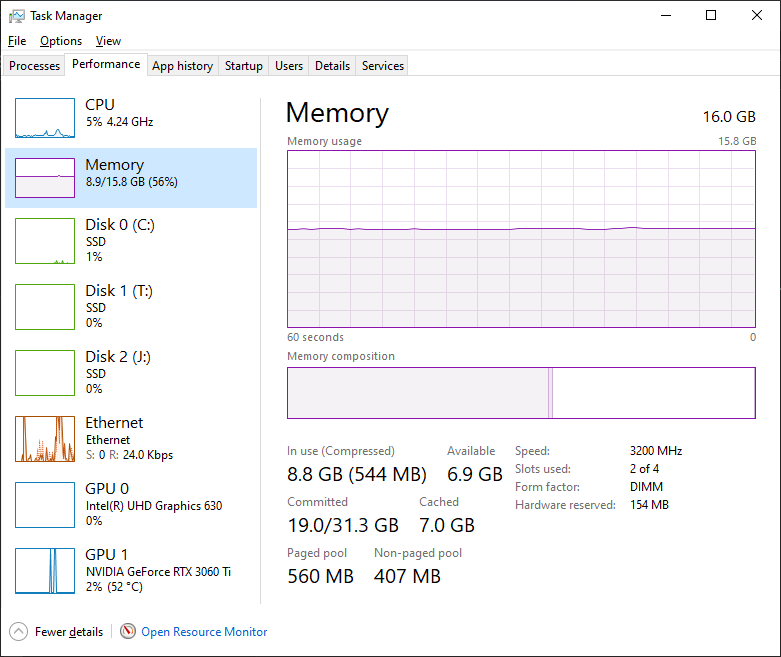
Find the field labeled “Speed” beneath your Memory usage statistics. It should have a readout in MHz matching the advertised speed of your RAM kit.
In my case, I’ve enabled XMP on my Corsair DDR4-3200 RAM kit, so…looks about right here.
As established above, even though the Speed / Frequency is displayed at 3200mhz here, it’s actually running at 1600mhz, but the datarate is 3200 mt/s.
In any case, for DDR4 RAM faster than DDR4-2133 with an XMP Profile set correctly in BIOS, the number will most like be at 3200 or 3600MHz in Task Manager.
Similarly, DDR5’s most popular datarates are 5600 and 6000 MT/s (displayed as MHz in Task Manager).
Method 2: Use CPU-Z
CPU-Z is a handy little tool that’ll display all kinds of information about your CPU, Motherboard, and Memory.
It’s free and needs no installation. Simply download it, launch it, navigate to the “Memory” Tab, and voilà the “Channel #” will let you know exactly what your RAM Channel configuration is currently running at.
In contrast to the Windows task manager, CPU-Z also reports the RAM’s frequency correctly. I’m running 1600MHZ, 3200MT/s (XMP) DDR4 RAM in my system which (when rounded) is displayed correctly in CPU-Z.

The latest versions of CPU-Z show memory channels in the following format: (Number) X (Memory Bus Width).
DDR4 modules have a single 64-bit channel, so the number of memory channels is equal to the (number). That’s why a dual-channel configuration will show up as 2 x 64-bit and a quad-channel setup will show up as 4 x 64-bit.
DDR5 DIMMs (memory modules), on the other hand, feature TWO 32-bit channels each.
So, a dual-channel DDR5 configuration will show up as 4 x 32-bit on CPU-Z’s newest versions. Here’s an example below:
Method 3: Check (And Fix, If Needed) In The BIOS
So, you’ve discovered through the Task Manager that your RAM isn’t running at its advertised rate, and you’re determined to resolve this by any means necessary.
Or you just don’t trust the Task Manager reading and want to double-check in your motherboard’s BIOS. In either case, let’s proceed!
There are two main ways to open up your BIOS.
The first way, which used to be the easiest way, was just restarting your PC and pressing whatever onscreen key prompted “Setup” or “BIOS” on the splash screen.
SSDs have made that screen go by faster than ever, so now I would argue the easiest way to do it is actually from within Windows if you don’t already know what key needs to be pressed.
To open up your BIOS from within Windows, you’ll need to prompt an Advanced startup. Press the Start key and begin typing “Startup” to get the prompt pictured below within Windows:
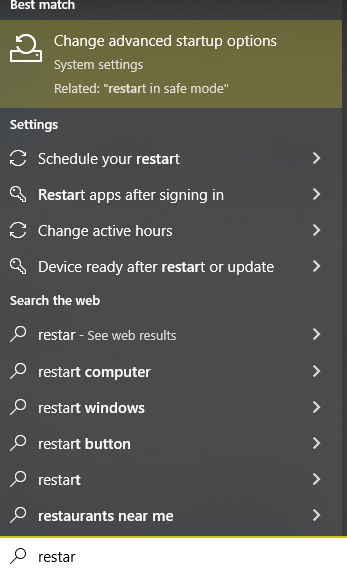
From here, you’ll be given a Settings screen with an Advanced startup option. Clicking this will restart your PC.
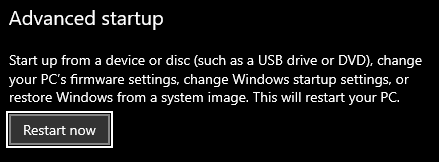
Within the Advanced startup process, you’ll get an option to enter your motherboard’s BIOS. It should be labeled “Restart to UEFI/BIOS” within the “Troubleshoot” menu.
Once in the BIOS, you’ll be able to find your Memory settings, as well as current readings on RAM frequency etc.
The exact look of your BIOS is going to depend on your motherboard’s manufacturer, but I’ve embedded screens of my Gigabyte BIOS above and below to help give an idea of what you should be looking for.
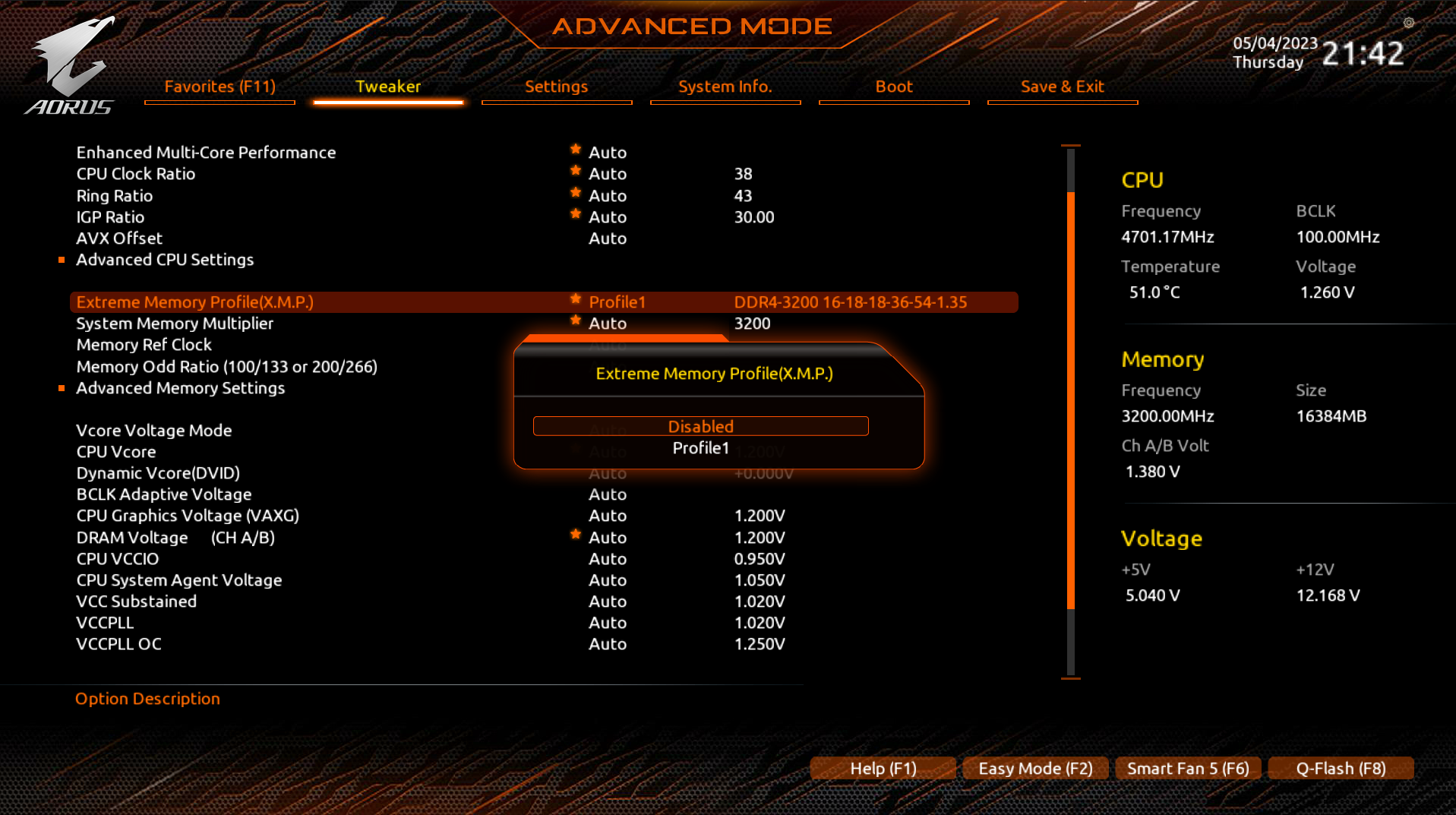
FAQ
What If My RAM Isn’t Running In Dual-Channel?
Fortunately running RAM in Dual-Channel is just a matter of installing your RAM in the correct slots, so learning you aren’t running as intended will always be an easy fix…unless you only have a single RAM stick to begin with.
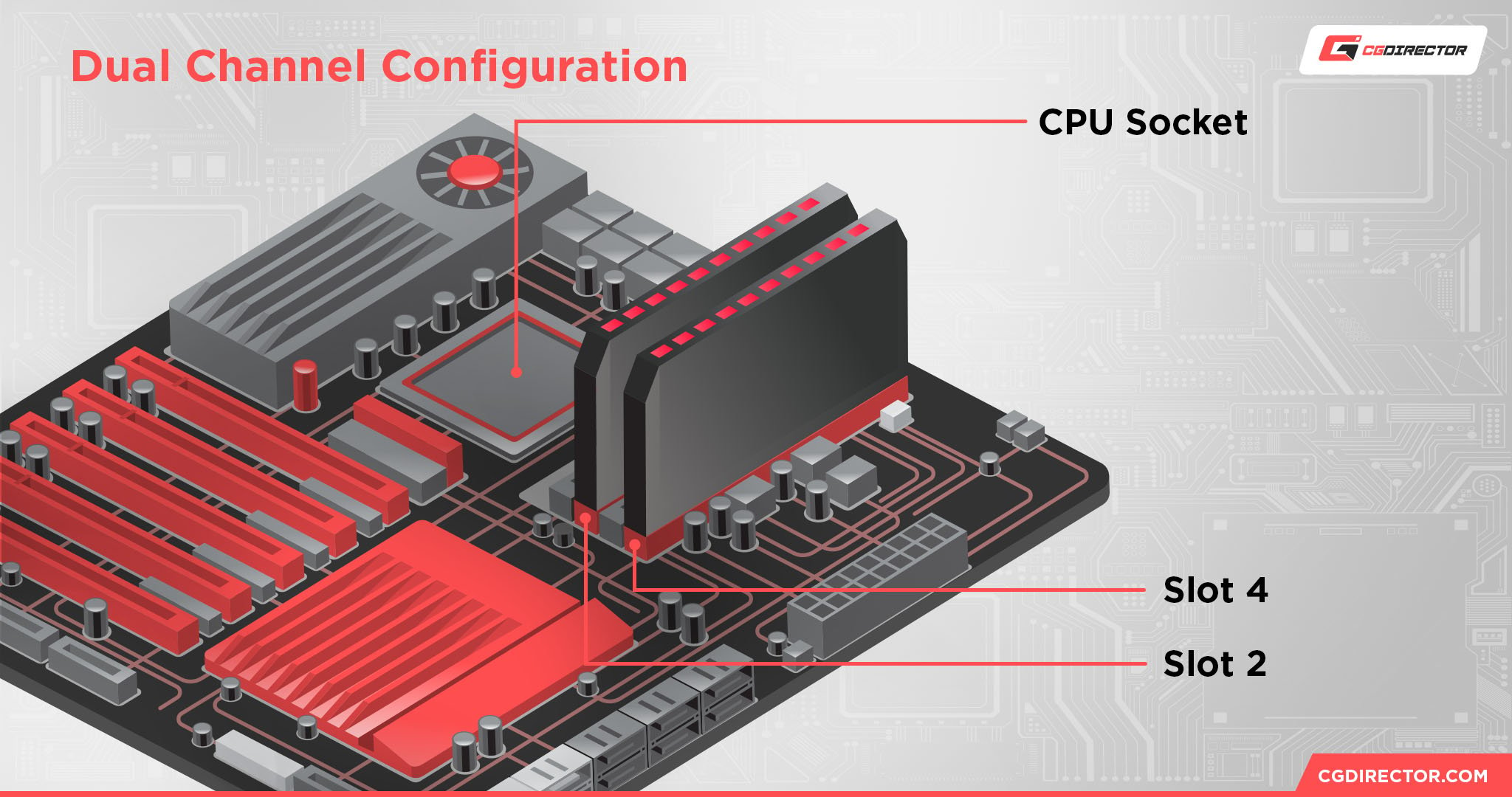
If your PC only shipped with a single RAM stick, your best course of action will be to add an additional, identical RAM stick or replace the single stick with a Dual-Channel RAM kit upgrade.
What about Quad-Channel RAM?
Quad-Channel RAM is…well, pretty much exactly what it sounds like.
It works the same as Dual-Channel RAM and just boosts raw Megatransfers, it doesn’t actually boost the performance in Megahertz of RAM either. It just uses 4 RAM sticks instead of 2 RAM sticks.
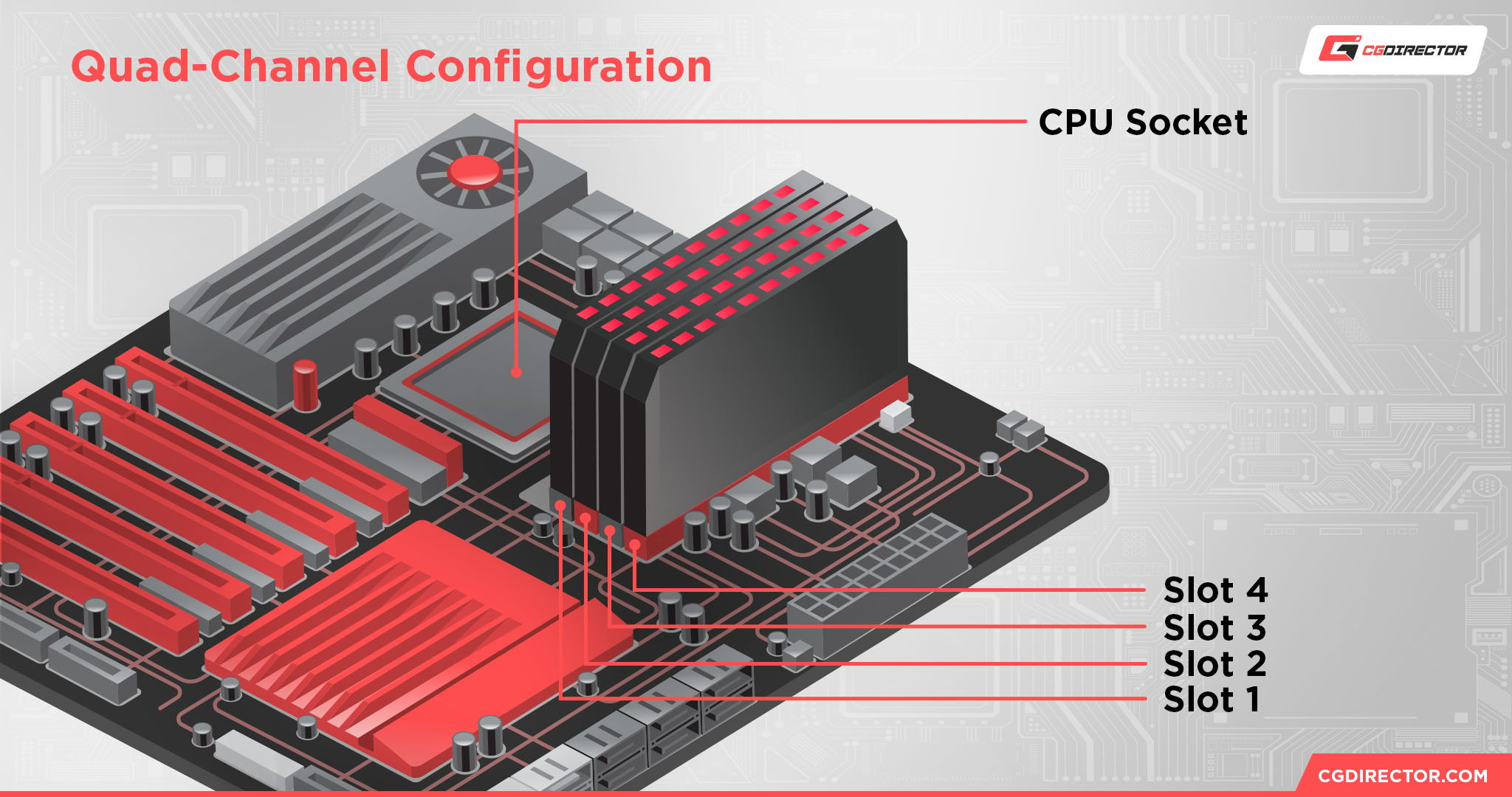
The actual performance difference isn’t particularly meaningful, so don’t sweat about starting off with 2 RAM sticks on a board that supports Quad-Channel.
Does Dual-Channel RAM Work on Mini ITX Motherboards?
Yup!
Even though most Mini ITX motherboards only have 2 RAM slots, you don’t actually need the spaced slots if you’re building a design with only 2 slots, to begin with.
Additionally, some Mini ITX boards are being built now with 4 RAM slots, making Quad-Channel feasible (albeit fairly cramped…) in select Mini ITX HEDT builds. A Quad Channel setup on a Mini ITX board will generally require smaller SO-DIMM RAM, though.
How Do I Check If My RAM Is Running In Quad-Channel?
You don’t. If you have 4 sticks and 4 slots, there’s no way to install your RAM where it couldn’t run in Quad-Channel.
Why is RAM Frequency So Important?
Getting the most out of your RAM means making sure that you’ve configured it properly.
While it would be nice if all RAM performed as advertised out of the box without users needing to think about it, the unfortunate reality is that not all motherboards are built equally. Thus, not all motherboards are equipped to run RAM beyond the basic spec of its generation.
Any DDR4 RAM that fits will work on an entry-level DDR4 motherboard, but if that high-end kit advertises numbers higher than the motherboard can handle…the motherboard wins.
For more on how DRAM Frequency impacts your performance, consider reading over my extended guide on the topic. For now, I need to get this guide wrapped up!
Over to You
…and that’s it, for now!
I hope this article helped you verify that your RAM is running in Dual-Channel if you weren’t sure, and helped you correct it if it wasn’t.
I covered all the angles for this scenario I could think of, and even added a few clarifications for any concerned Quad-Channel setup users out there.
Leave a comment below or head to the CGDirector Forum if you have any other questions or concerns! You can also just hang out and share your projects with your fellow enthusiasts and professionals, should you please. Until then or until next time, be sure to enjoy your PC properly.
![How To Check If Your RAM is Running in Dual-Channel [Quick and Easy] How To Check If Your RAM is Running in Dual-Channel [Quick and Easy]](https://www.cgdirector.com/wp-content/uploads/media/2023/06/How-To-Check-If-Your-RAM-is-Running-in-Dual-Channel-Twitter-1200x675.jpg)

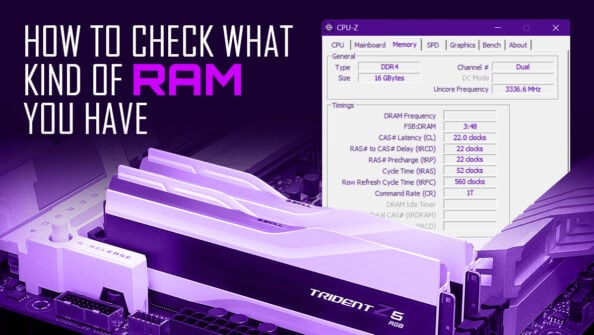

![How Much RAM Does my PC Support? [How to Check] How Much RAM Does my PC Support? [How to Check]](https://www.cgdirector.com/wp-content/uploads/media/2023/10/How-Much-RAM-Can-My-Computer-Take-Twitter-594x335.jpg)

10 Comments
5 February, 2025
This is a terrible article. It’s titled “how to check if your ram is running in dual channel” But dual channel has nothing to do with your ram frequency. XMP settings have nothing to do with single or dual channel. Yes XMP will help you set your ram to the top rated speeds but literally has nothing to do with the title of the article. The only part in this article that has any relevance is “Method 2” and here lies the problem because CPUZ has changed how it reports DDR dual channel on AM5 so it shows as 2x instead of 4x now. So not only is this article out of date but more than half of it is spent telling you about something that has nothing to do with dual channel.
27 November, 2024
hi thx for this post, i have a question, u said when using cpu-z if i have dual channel enabled if its ddr4 ram it would show 2x 64bit, but what would it say when its not enabled, because i tried putting ram slots in totally wrong slots, e.g. A1 and A2, or A2 and B1, it still says 2x 64bit but we all know thats now how dual channel works. many thanks in adv.